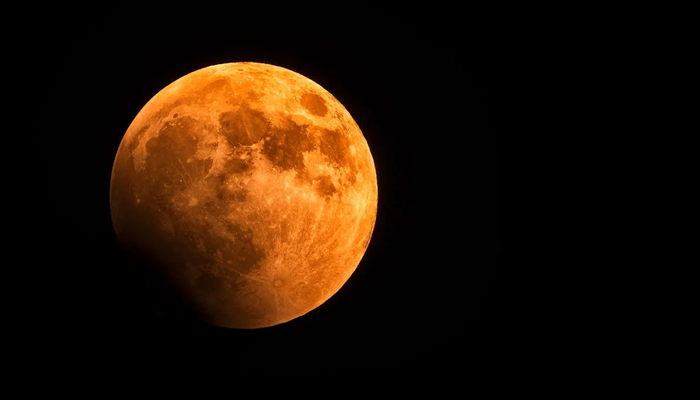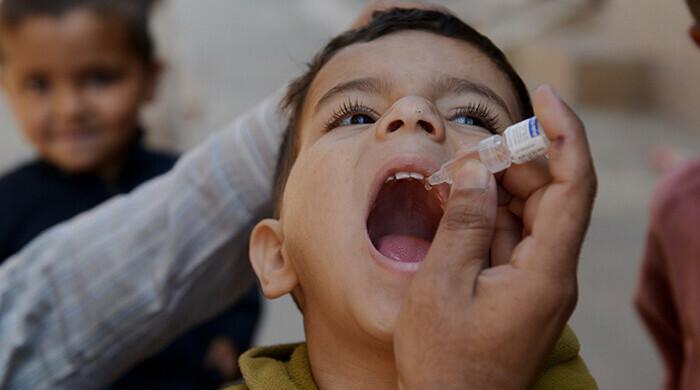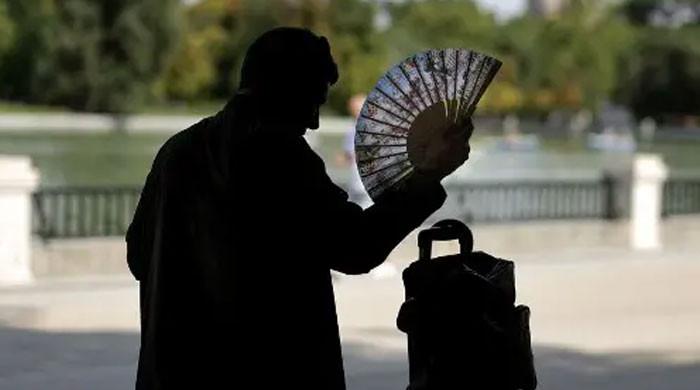BEWARE! Solar eclipse can cause eye damage or blindness
The solar eclipse is to occur in April however this time it is rare
March 20, 2024

A major solar event is approaching for the skygazers next month which will be experienced by millions of people living across the North American continent. However, there is something you should know about its health impacts.
The solar eclipse will occur on April 8, 2024. It takes place every three years however this time it is rare.
The reason for rarity is that it is the large one and will plunge millions across the continent — from Mexico to the Newfoundland of Canada.
When a new moon comes between the Earth and the sun casting its shadow on our planet, becomes a solar eclipse. One of this kind took place in 2017 when large areas witnessed darkness.
A meteorologist from NBC10 First Alert Weather Justin Godynick said: “Amazing things happen too. Animals that are normally coming out at night begin to come out during the eclipse. Crickets will start to chirp and it gets colder because the sun is blocking.”
How to prepare for solar eclipse?
According to experts, a solar eclipse can be visible from either the middle of the ocean or from the Earth's poles.
To prepare you should do these things;
- Do not look at the sun directly.
- The normal sunglasses are not enough for sufficient protection.
- View only with an approved solar glass.
- You can see it by projecting the sun’s image with a pinhole or binoculars.
- Welder's goggles or masks can also be used to see solar eclipse.
If you missed the coming eclipse, then you will have to wait until August 12, 2026, and can be seen in Greenland, Iceland, Spain, Russia, and Portugal.











